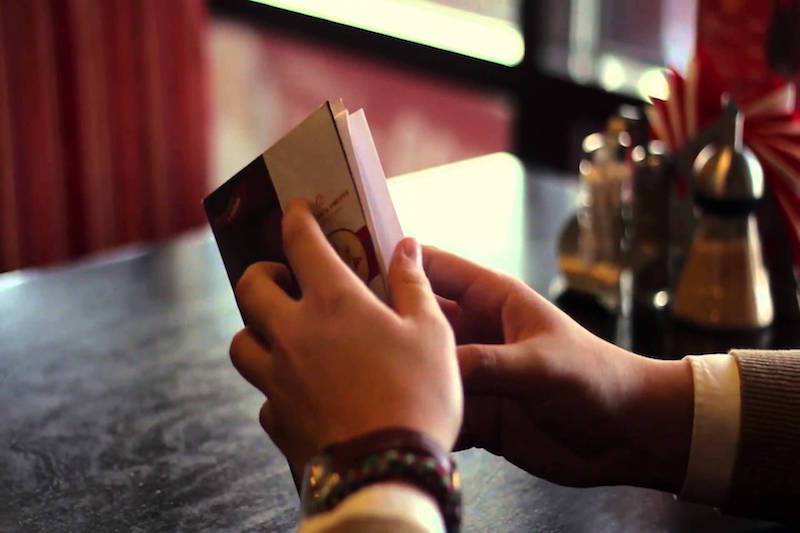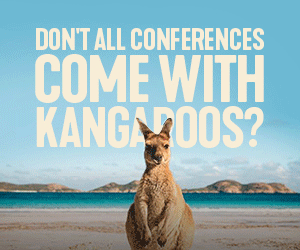Board of European Students of Technology (BEST)

As a non-profit association, headquartered in Brussels, BEST provides students several services, such as engineering competitions, extra-curricular education and career support, and reaches about 1.7 million students spread over 96 universities in 33 countries. Overseeing the association is the International Board, consisting currently of 7 people.
Volunteers is what BEST is built upon
 Everyone working in the organisation are volunteers, even the board of the association. This brings along some interesting characteristics: a member would typical stay only 3 years (4-5 if part of the board), will be following Technology studies besides his/her involvement in BEST and will have a different responsibility each year. Therefrom comes the general awareness throughout the organisation concerning the importance of Knowledge Management (KM).
Everyone working in the organisation are volunteers, even the board of the association. This brings along some interesting characteristics: a member would typical stay only 3 years (4-5 if part of the board), will be following Technology studies besides his/her involvement in BEST and will have a different responsibility each year. Therefrom comes the general awareness throughout the organisation concerning the importance of Knowledge Management (KM).
As the organisation is managed by the board, which are generally speaking the only people working full time (60-70h/week), it is vital that they possess the needed skills and knowledge for the job.
The operational environment, however, is not very cooperative. The members of the board are generally spread out all over Europe, and there are only three dedicated board meetings (4-5 days) during their mandate (1 year). The rest of the time, all the work is done online. When I was member of the board, our virtual meetings consisted of a weekly Skype meeting, a continuous group chat and plenty of e-mails/individual chats.
Preparing the board
Each board member starts their 1-year mandate on 1st July, barely two months after their election. Given the common need to wrap up educational obligations (e.g. finishing exams or writing master thesis), this is short. And so there is no delay: the Knowledge Transfer process starts the very next day after elections. During a two-day event, the newly elected board is given a first introduction to the organisation and the work and year flow of the International Board.
A few (1-3) weeks later, the “Board Training” is organised. This weekl ong event gathers the members of new and old International Board, usually coming from different European countries. The first three days the new board is in isolation having their teambuilding, under the guidance of a professional/experienced trainer.
During the second part, the new board is presented with a complete overview of the history of BEST, highlights and downfalls included. This is important because it helps to understand the current situation and see the limits of the organisation. The Board Training finishes with putting their newly acquired knowledge to the test during a four-hour case study. This case study is designed to simulate the work that a board usually has to do and uses real life cases.
Retaining the knowledge
Throughout the mandate year, a lot of projects are worked upon and new knowledge is created. In order for the organisation to retain this knowledge, a document repository is available - it contains reports of meetings and manuals for specific topics/situations.
One of the main conclusions of the Knowledge Management Project we ran in 2012-2013 was that a document repository (or document archive) can’t be merely a collection of documents. Unfortunately many people tend to look at it this way. Each archived document has to serve a purpose, or else it should not be archived. Too many documents will cloud the view, because if everything is important, nothing is. Having learnt this, we decided to improve our archive, which contained documents piled up over 24 years, resulting in a collection of too many documents, often not useful.
Therefore, at the end of our mandate, we spent nearly two months going through all our documents, thinking which are necessary to pass on and which are not. The selected documents were then cleaned so that anyone in the future would be able to read them and get the message straight away. We didn’t tackle the documents that came before us, a clean start was our best option.
Building and maintaining a document repository is not an easy task. Time should be reserved for it. However, it is worth it, no matter if you have a fast changing board or a board that lasts for years.
BEST has to deal with people going off and on board, and it manages so through several techniques, of which I merely highlighted the association board KM aspect. However, if we compare this to the corporate world, academics and other associations, there is one vital, underlying aspect that really makes it work. It is the culture of openness, transparency and availability of information. This allows people to grow at their pace, without any structural boundary.
Other Articles
About Us
Supported by the Union of International Associations (UIA), the International Association of Professional Congress Organisers (IAPCO) and the Interel Group, the global public affairs and association management consultancy, Headquarters Magazines serve the needs of international associations organising worldwide congresses.















